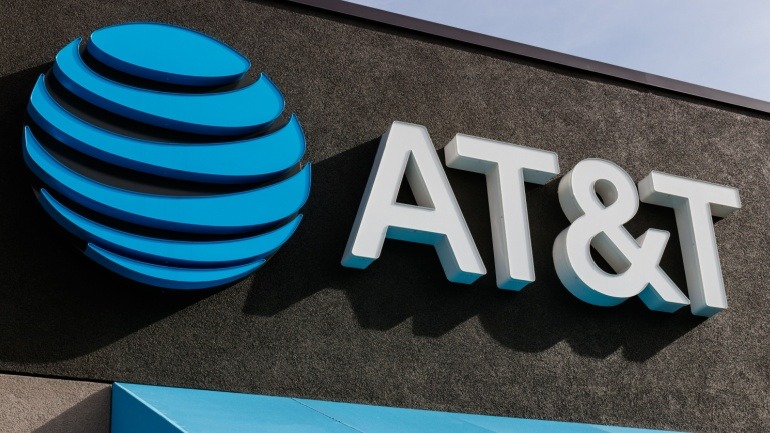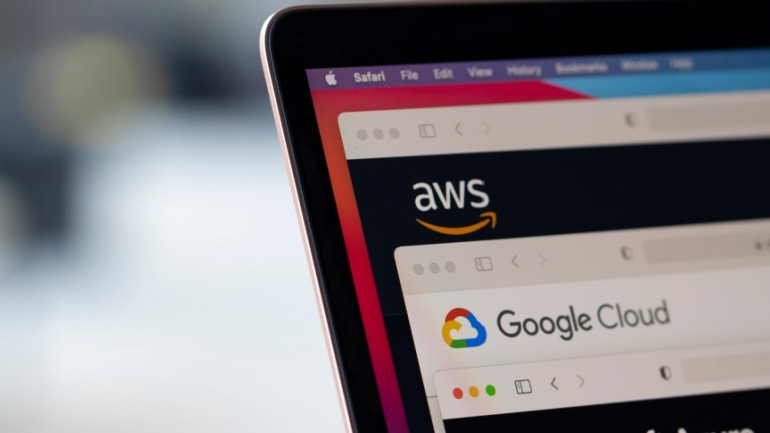As digitalisation continues to grow within local governance, the top hurdle posed to tech adoption often equates to a lack of long-term strategy, as well as infrastructural support. Andy Bell, leading the Public Sector at full fibre provider specialist, ITS Technology Group, affirms that these challenges are rapidly transforming.
Encouragingly, the UK is currently in the midst of a significant telecom infrastructure revamp, transitioning from yesterday’s copper networks to future-proof full fibre cables. These are capable of offering high-speed connectivity and broad-reaching broadband services. Key to this development is the engagement of local authorities, as they strive to execute strategic ambitions and source innovative solutions that benefit their communities.
Local decision-making and the level of influence within a local authority are crucial to the success of a digital strategy and the resulting effects. Forming robust public-to-private partnerships often require early-stage, in-depth collaboration to establish long-term plans. Elements such as this led ITS to see itself as more of a strategic connectivity partner than merely a supplier.
Having a successful track record in coordinating with the public sector, ITS supports more than 80 local authorities throughout its UK-wide fibre footprint. Notoriously, the firm entered into the first UK concession agreement with Hammersmith & Fulham Council. This arrangement facilitated the reuse of CCTV ducts to expand a network designed for businesses.
Additional collaborations have since developed, including flagship partnerships like LCR Connect in the Liverpool City Region and Digital Greenwich Connect in The Royal Borough of Greenwich. These ventures not only support council objectives but also meet the diverse needs of a mixed economy, not purely the most commercially alluring aspects. Such an approach aids in bridging the digital divide.
The full fibre’s economic benefits are widely recognised, marking a route to technologies that enhance collaboration and productivity. Improving local economies by attracting inward investment and fostering a highly skilled workforce are just some of the core benefits. The underlying social benefits this infrastructure can provide are equally important, focusing at a very local level.
Hashing out beneficial collaborations, where local authorities are wholly engaged in the process, extends beyond just infrastructure rollout itself. Future outcomes and service intake can be influenced through this engagement.
In the end, regardless of the device or application, the key to enabling all facets of daily life resides in a fast internet connection. From smart service technologies to remote work, full fibre holds the potential to prevent anyone from being left behind in the digital revolution.







